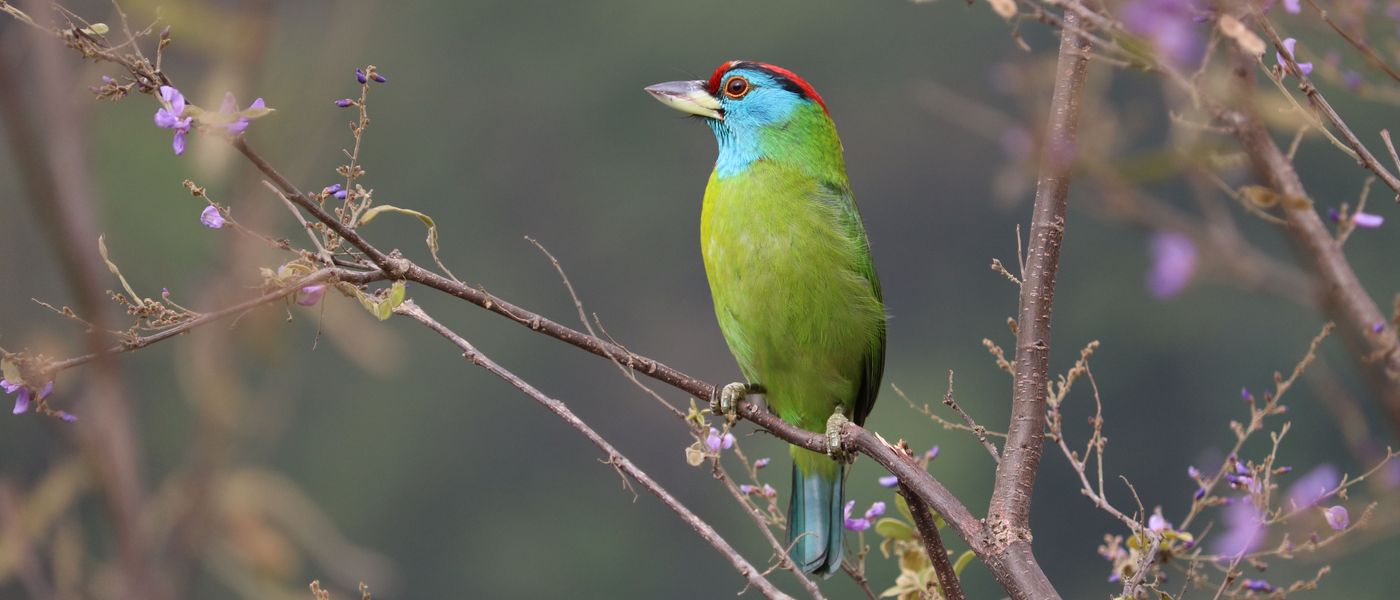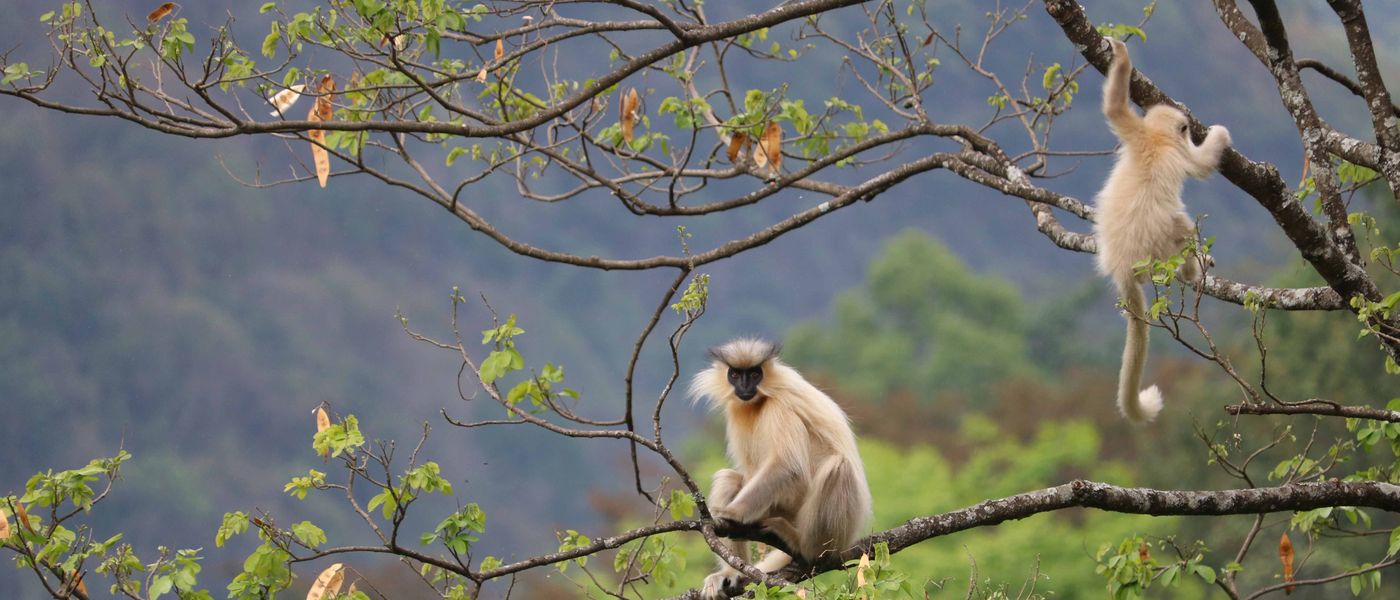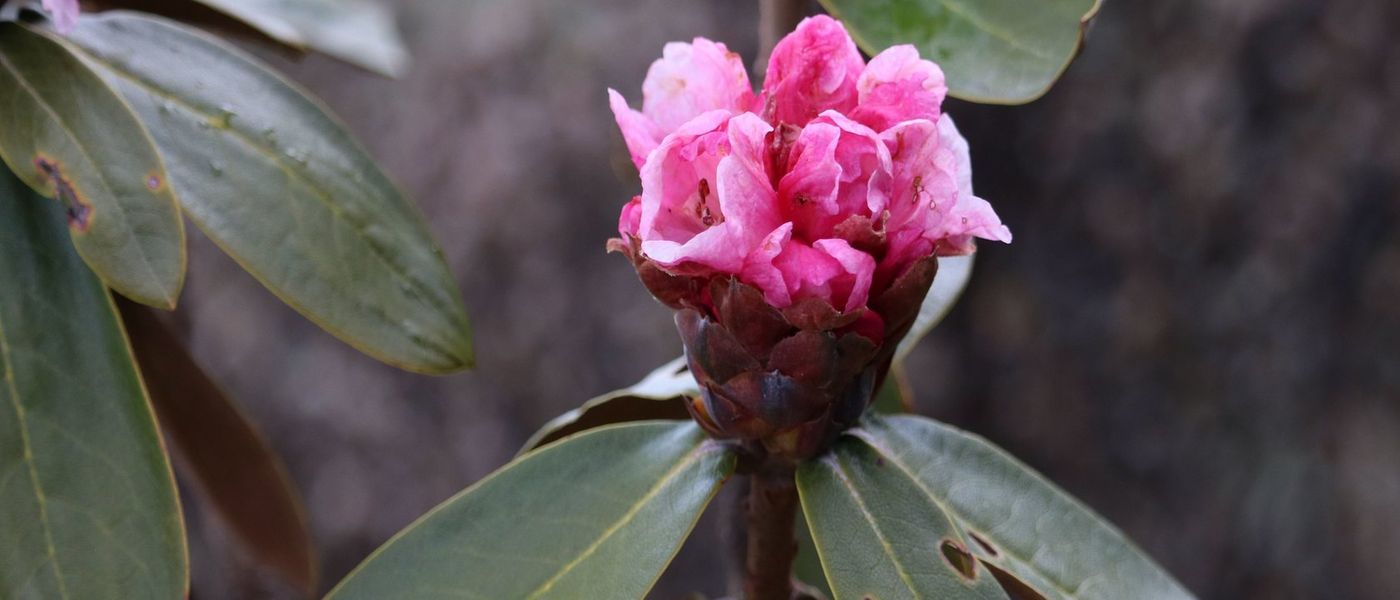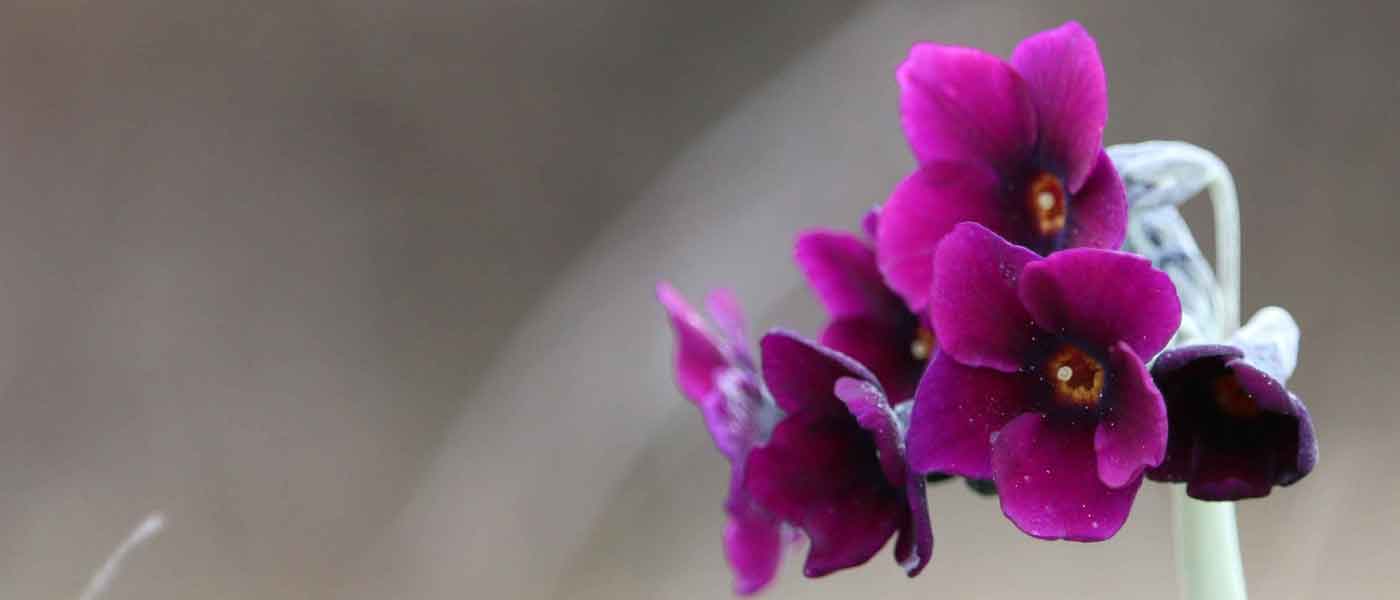At over 3,000 meters, Dochu La is one of Bhutan’s most scenic mountain passes, and in the spring, it becomes even more enchanting with the bloom of Daphne bholua, also known as Poisonous Daphne in English and Deyshing in Dzongkha. This beautiful yet toxic shrub fills the crisp mountain air with a fragrance so intense that lingering nearby for too long can be overwhelming.
A.K. Hellum, the author of A Painter’s Year in the Forests of Bhutan, painted this very plant at Dochu La on March 25, 1990, during his two-year stay in Bhutan as a forest management consultant. In his book, published in 2001, he documented his deep observations of Bhutan’s forests, plant life, and landscapes through both detailed botanical illustrations and personal reflections. His writing not only captures the scientific aspects of Bhutan’s flora but also brings to life the sensory and emotional experiences of exploring its wild and pristine forests.
In his description of Daphne bholua, Hellum highlighted both its ecological and cultural significance. In Bhutan, the inner bark of Daphne is traditionally used to make strong, unbleached handmade paper, a craft that has been practiced in local communities for centuries. The shrub’s bark is so tough that breaking a twig requires a knife. Beyond Bhutan, Daphne bholua also appears in European folklore. According to a Norwegian legend, an arrow made from its wood was used to kill Baldr, the son of Odin, the good god of the Vikings. Despite its mythical and practical uses, the plant is highly poisonous if ingested, hence its name Poisonous Daphne.
Throughout his book, Hellum vividly described his travels across Bhutan, from the lush lowlands to the high-altitude forests, capturing the rich biodiversity and changing seasons. He encountered Daphne bholua in various regions, from Gedu in the south to Thimphu in the north, and from Haa in the west to Trashigang in the east. Its flowers, ranging from white, creamy, and pink to magenta, are often followed by red or black fruits. However, Hellum may have mistakenly thought Daphne sureil which has red fruit as same species with Daphne bholua which has black fruits. At this time of year, travelers passing through Dochu La can witness its breathtaking bloom, a true herald of spring in Bhutan’s high-altitude landscapes.
Hellum’s book remains a remarkable tribute to Bhutan’s forests, blending scientific knowledge, artistic expression, and personal storytelling. His writings not only serve as a botanical record but also reflect his deep admiration for Bhutan’s natural heritage, making Painter’s Year in the Forests of Bhutan a treasured work for nature lovers, botanists, and travelers alike.




